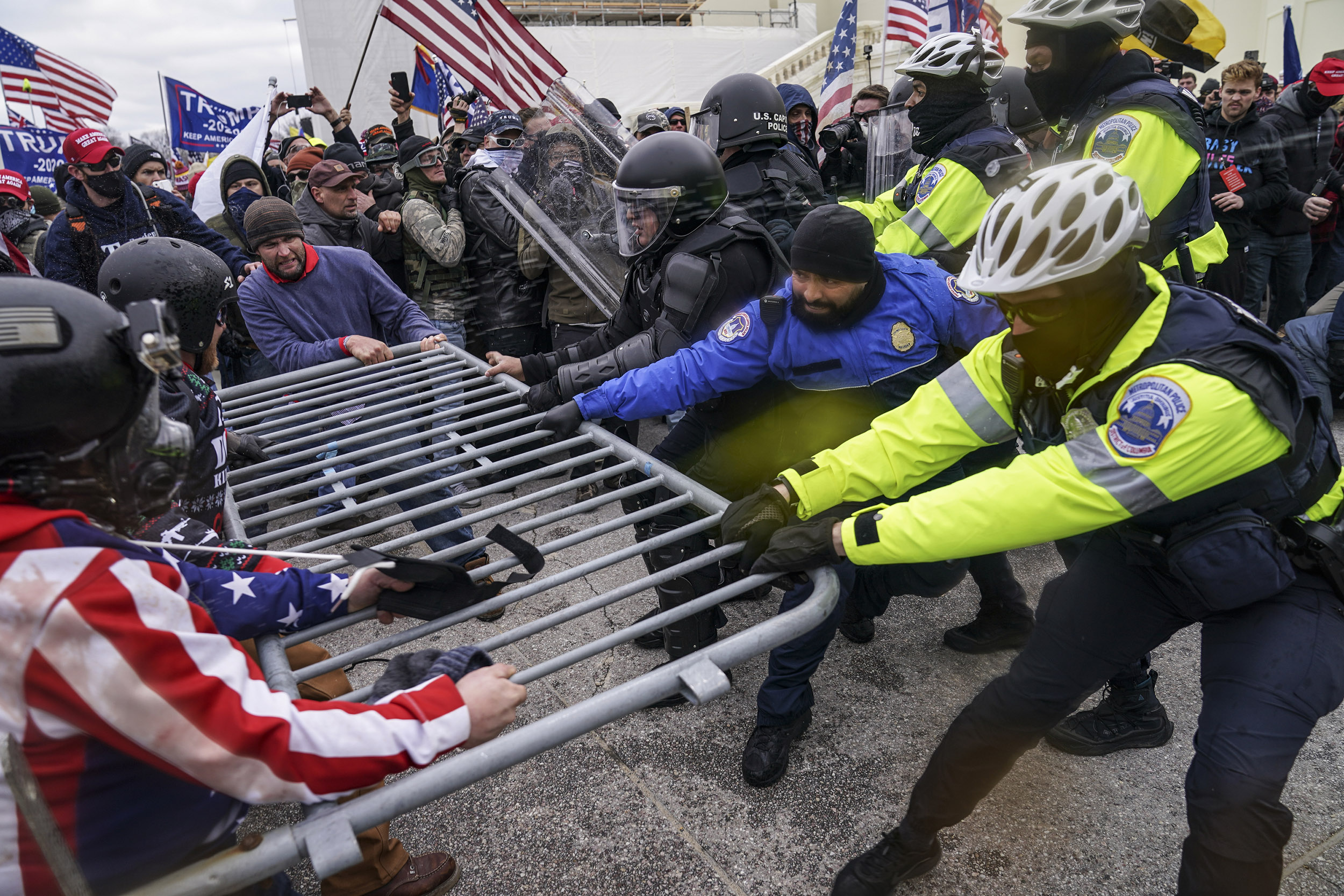Killing Off the Poor to Replace Them with Controllable Pawns

(This post has been redone, it was filled with to much anger and emotion and not enough facts)
Killing off the poor to replace them with controllable pawns is not an exaggeration. It is a direct result of policies designed to dismantle our survival systems. These include cuts to Medicaid, SNAP, and SSI, the criminalization of homelessness, abortion bans like Texas’ SB 8, and the broader authoritarian vision behind Project 2025. Each move is calculated. Each one pushes us further toward a society where only the obedient are allowed to live with dignity.
This is not a war on poverty. It is a war on the poor.
The Strategy: Remove Support, Create Desperation
This campaign doesn’t use bullets or bombs. Instead, it uses budgets, bureaucracy, and law to erase autonomy.
When Medicaid is cut, millions lose access to life-saving care. Without medication, treatment, or therapy, illness becomes a death sentence for those already living on the edge.
When SNAP benefits are slashed, hunger increases. Children go to school without breakfast. Elders skip meals. Parents juggle rent and groceries, forced into impossible choices.
When SSI is weakened, people with disabilities are left without income, housing, or safety. They are made invisible—until their crisis becomes a criminal offense.
When homelessness is criminalized, people are fined or jailed for sleeping outside—even when no shelter is available. Instead of offering homes, cities offer handcuffs.
These actions are not accidental. They are intentional, interconnected methods to make the poor suffer until they submit—or die.
The Parallel: Gilead Didn’t Begin With Violence
Margaret Atwood’s The Handmaid’s Tale shows how dystopia starts quietly. Gilead did not seize power overnight. First, it eliminated women’s access to money. Then it dismantled healthcare. Eventually, it stripped individuals of their identity, autonomy, and choices.
Gilead created strict social roles:
- Handmaids were forced to bear children for the ruling class.
- Marthas did domestic labor, kept obedient through fear.
- Aunts enforced the rules, punishing dissent from within.

What do these roles have in common? They depended on removing freedom. No one chose to be a Handmaid. They were given that title after everything else—income, rights, bodily control—was taken away.
Today, policies like those in Project 2025 serve the same function. They do not declare war openly. Instead, they destroy the tools of independence—one policy at a time.
Enforcing Control: Through Fear, Punishment, and Surveillance

Control is easier when people are desperate. That’s why the systems replacing social safety nets are built on punishment.
Consider Texas SB 8. It bans abortion after six weeks, and encourages citizens to report anyone helping someone get care. This isn’t just an anti-abortion law. It’s a surveillance strategy. It turns neighbors into informants. It erodes trust, isolates people, and makes them fearful to seek help.
Meanwhile, trans and queer people are targeted across the country. Access to gender-affirming care is under attack. Medicaid bans trans-specific services. Children are denied life-saving medical treatment. LGBTQ+ people are criminalized, censored, and pushed out of public life.
These attacks are not isolated. They are part of a larger agenda: one that seeks to make survival conditional. If you conform, you might be allowed to eat. If you obey, you might get medication. If you hide who you are, maybe they’ll let you live.
Criminalizing Existence: Homelessness, Poverty, and Identity
In 2024, the Supreme Court ruled in Grants Pass v. Johnson that cities may fine or jail unhoused individuals for sleeping in public—even if no shelters are available. This ruling gives legal cover to criminalize the simple act of being poor and alive.

Over 150 cities already have “sit-lie” or camping bans. Police sweep encampments, destroy personal belongings, and arrest people for asking for help. These policies don’t solve homelessness. They hide it, punish it, and use it as a warning.
At the same time, anti-trans laws, anti-drag bans, and book censorship spread through legislatures. These laws say: conform, disappear, or be punished.
What begins as budget cuts ends as a caste system. Those who have less are treated as less. Their needs are not just unmet—they are criminalized.
The Endgame: Project 2025 and the Authoritarian Vision

Project 2025, a comprehensive far-right playbook, outlines the future these forces want. It includes:
- Purging government agencies of dissenting voices,
- Defunding public health, housing, and social programs,
- Replacing career civil servants with ideologically loyal actors,
- Centralizing power in the Executive Branch.
This plan would formalize the dismantling already underway. It’s not just about cutting services. It’s about replacing democracy with obedience.
When people are hungry, sick, and surveilled, they are easier to control.
When services are stripped away, people have fewer choices—and fewer chances to resist.
We Still Have a Choice — But Time Is Short
The strategy to kill off the poor and replace them with controllable pawns is working. It is not just policy—it is social engineering. Every Medicaid cut, every SSI reduction, every abortion ban, every criminalization of unhoused life is a brick in the wall they are building.
But we still have a choice. We can speak. We can resist. We can build solidarity and expose the lies that mask this agenda as reform or morality.

Now is the time to act. Not when the system becomes Gilead—but now, while the architecture is still being assembled.

References
- Centers for Medicare & Medicaid Services, Medicaid Enrollment and Access Data, 2024.
- USDA Food and Nutrition Service, Supplemental Nutrition Assistance Program (SNAP) Report, 2023.
- Social Security Administration, Supplemental Security Income (SSI) Program Data, 2024.
- City of Grants Pass v. Johnson, 603 U.S. 520 (2024).
- National Homelessness Law Center, “Housing Not Handcuffs,” 2023.
- Texas Senate Bill 8 (SB 8), 2021; analyzed by the Center for Reproductive Rights and Harvard Law.
- Margaret Atwood, The Handmaid’s Tale, 1985.
- The Heritage Foundation, “Mandate for Leadership: Project 2025,” 2023.
- Human Rights Campaign, 2024 State Legislation Tracker.
- National Low Income Housing Coalition, Criminalization of Homelessness, 2023.


































